|| Graphic Design & Multimedia Certification Course
A comprehensive Graphic Design and Multimedia Training Course equips students with professional skills using industry-standard software, including CorelDRAW, Adobe Photoshop, Lightroom, Illustrator, InDesign, Premiere Pro, After Effects, Adobe Animate CC and 3ds Max. CorelDRAW and professional CorelDRAW training focus on vector graphics, logo design, and layout. Professional Photoshop and Lightroom courses teach advanced photo editing, retouching, and color correction techniques. Illustrator and professional Illustrator courses cover vector art, complex illustrations, and typography. InDesign is used for creating print and digital layouts, such as brochures and magazines. Adobe Premiere Pro and After Effects training provide expertise in video editing, motion graphics, and visual effects, while 3ds Max covers 3D modeling, animation, and rendering. This diverse skill set prepares students for careers in advertising, marketing, web development, media production, and more, offering the benefits of versatility, creative freedom, and enhanced employability in the competitive design and multimedia industry. Graphic Design & And Multimedia is a thorough course covering many facets of 2D animation, web design, and graphics. The curriculum guarantees that you will be proficient in every facet of 2D animation and web design by the time you finish the course in BIT. In this graphic design class, high school students learn the principles of great design and typography from a professional in the design industry while using professional-grade Adobe design software to create digital drawings, logos, advertisements, magazine layouts, and more. The Graphic Design & Multimedia course is a comprehensive program designed to provide students with the essential skills and knowledge required to excel in the dynamic and creative fields of graphic design and multimedia production. Throughout the course, students will explore a wide range of topics, including design principles, color theory, typography, and composition.
They will gain hands-on experience with industry-standard software such as Adobe Illustrator, Photoshop, InDesign, CorelDraw, and Adobe Animate CC, mastering the tools needed for creating stunning vector illustrations, photo manipulations, layout designs, and animations. Aspiring designers can become professional designers and produce visual content for prestigious universities across the globe with the aid of a graphic design education. These courses are tailored to meet the requirements and needs of various individuals. Since the course is now practically mainstream, selecting one's preferred colleges, institutes, or academies for a degree does not even require extensive investigation.
Key ideas in graphic design, digital imagery, typography, motion graphics, and interactive media are covered in this engaging course that combines theory with practical application. This course will enable you to effectively communicate in the digital age and visually express your thoughts, regardless of your background or level of experience. It is ideal for beginners exploring new creative interests or professionals looking to advance their skill set.
Please contact the nearest BIT training institute or send an email to inquiry@bitbaroda.com with any additional questions you may have regarding our Graphic Design & Multimedia training course. We offer a free demo by calling us at +91-9328994901. We offer top-notch Graphic Design & Multimedia Training in Vadodara-Sayajigunj, Vadodara - Waghodia Road, Vadodara - Manjalpur, Ahmedabad, Anand, and Nadiad.



 4.8 (21,636) reviews
4.8 (21,636) reviews


 Read more
Read more 
